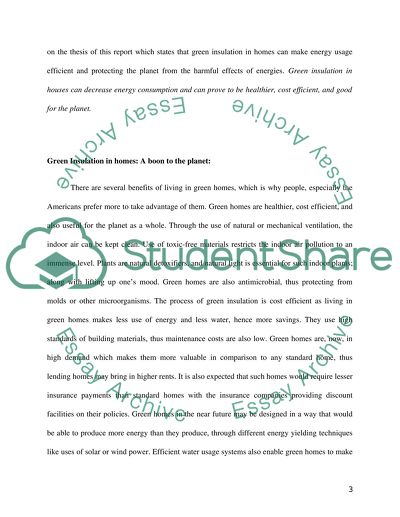Cite this document
(“Green Technology Research Paper Example | Topics and Well Written Essays - 2500 words”, n.d.)
Retrieved de https://studentshare.org/geography/1390265-green-technology
Retrieved de https://studentshare.org/geography/1390265-green-technology
(Green Technology Research Paper Example | Topics and Well Written Essays - 2500 Words)
https://studentshare.org/geography/1390265-green-technology.
https://studentshare.org/geography/1390265-green-technology.
“Green Technology Research Paper Example | Topics and Well Written Essays - 2500 Words”, n.d. https://studentshare.org/geography/1390265-green-technology.


